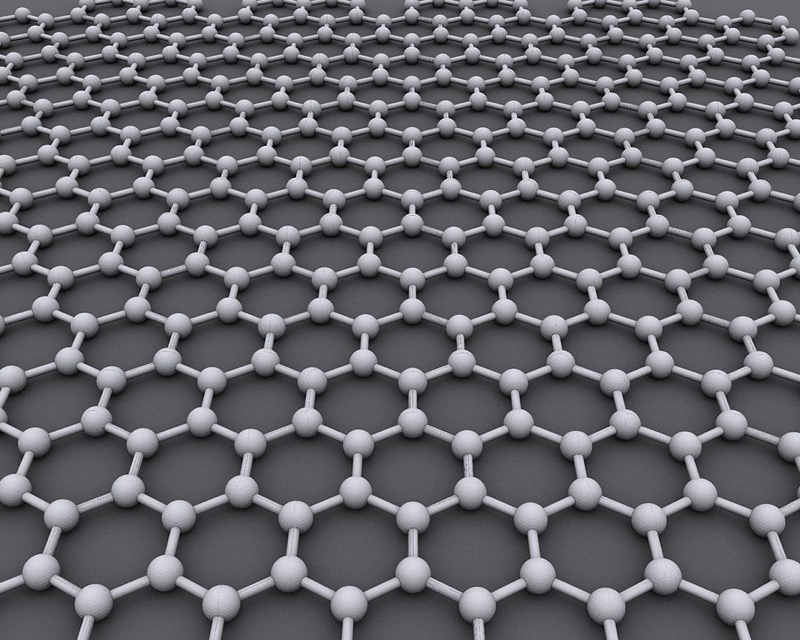The key to LED brightness: Graphene


Graphene is an emerging wonder material. LEDs are the future of lighting. Put the two together, and you could double your technological triumph.
That's not exactly how scientists in South Korea and Vietnam have described it, but they are indeed championing such a combination.
Writing in Nature, they say they've proven that adding graphene enables LEDs (light emitting diodes) to operate brighter. A dose of graphene oxide will effectively dissipate the extra heat that LEDs emit as they get brighter. Or, as they put it,
"Here we demonstrate that the embedded graphene oxide in a gallium nitride light-emitting diode alleviates the self-heating issues by virtue of its heat-spreading ability and reducing the thermal boundary resistance."
For those of you who talk the talk, the researchers used a gallium nitiride LED and they generated "scalable graphene oxide microscale patterns on a sapphire substrate."
It all bodes well for the advancement of LED light bulbs, which compared to conventional incandescent bulbs consume only about 20 percent of the energy and according to manufacturers will last for some 25 years.
LEDs are making headway in the lighting market but they still face challenges. LED light bulbs are not yet widely available in the brightness equivalent (about 1600 lumens) of conventional high wattage bulbs, in part because the heat they emit at higher brightnesses can damage them (although they are a lot more efficient than incandescents, they're still inefficient enough to emit heat).
Last year major manufacturers GE, Philips and Osram all announced 100-watt equivalent LEDs. And a super efficient 100-watt LED bulb called the Nanolight is coming from a "crowd sourced" company via the Kickstarter website. But it's very early days.
The developments in Asia could be the next big step.
"The device with embedded graphene oxide outperforms its conventional counterpart by emitting bright light with relatively low-junction temperature and thermal resistance. This facile strategy may enable integration of large-scale graphene into practical devices for effective heat removal," said the researchers.
The paper's authors included Nam Han, Min Han and S. Chandramohan from Chonbuk National University in South Korea, Tran Viet Cuong from Ho Chi Minh National University in Vietnam, and others from Chonbuk and from the Korea Basic Science Institute and the Korea Institute of Lighting Technology, both in South Korea.
Photo: AlexanderAIUS via Wikimedia.
More LED and graphene material on SmartPlanet:
- As China takes graphene lead, Nokia, Philips, Europe get cracking
- Meet the billion euro projects: Human brain and graphene
- High interest bonds: IBM molecular images show ties that bind, hold promise for graphene
- New graphene recipe could finally bring wonder material into electronics
- Graphene the Sequel: Graphyne. It’s flashier
- Hasta la vista, incandescent light bulbs!
- For $30, the world's most energy efficient light bulb
- Another myth of LED energy savings
- Goodbye LEDs, hello plastic bulbs?
- The myth of LED energy savings
- More LED truths and half-truths
- When good lights go bad: LED breakdown
- The hot and cold of LED lighting
This post was originally published on Smartplanet.com